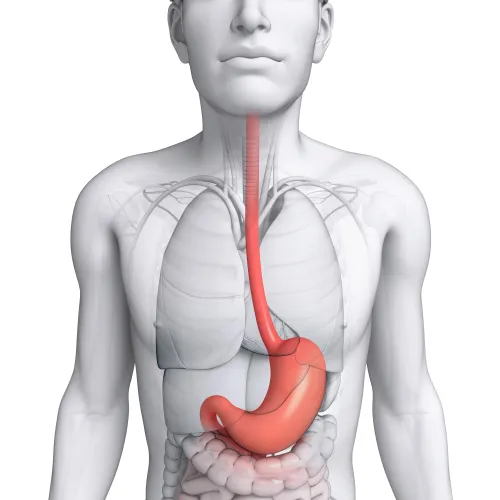Prepare Now for Changes to ENT Related Endoscopies

Hint: You’ll add 8 new codes to your repertoire.
If ENTs perform endoscopies or esophagoscopies at your facility, don’t miss some changes to codes and guidelines that will affect your coding in 2014. Richard W. Waguespack, MD, a member of the CPT® Advisory Committee, shared details from three important areas during the AMA’s annual CPT® and RBRVS Symposium in Chicago Nov. 13-15.
1. Get Familiar With Additional Guidelines
The entire Esophagus/Endoscopy section has been divided into three subsections for 2014: esophagoscopy, esophagogastroduodenoscopy (EGD), and endoscopic retrograde cholangiopancreatography (ERCP). Three new coding guidelines apply specifically to the entire section:
2. Get Familiar With New Codes
CPT® 2014 introduces six new codes for rigid esophagoscopy and two new codes for transnasal flexible esophagoscopy.
Prior to 2014, you had a group of codes that applied to either rigid or flexible transoral esophagoscopy (43200-43232).
Reasoning: “The need for distinction between rigid and flexible esophagoscopy lies in the fact that different means of sedation are used for each and the physician work – including risk – is different,” Waguespack shared at the Symposium. For example:
The new codes for rigid esophagoscopy are:
Pay attention: Each new code also includes parenthetical notes to help you report the service correctly.
Transnasal flexible esophagoscopy (TNE) earned two new codes because the work involved in performing TNE differs from the transoral rigid or flexible approaches. The two new codes for 2014 are:
Parenthetical instructions list numerous codes you should not submit with either 43197 or 43198. You’re also directed to a different code family when reporting transoral esophagoscopy with biopsy or collection of specimen.
3. Keep Tabs on Details for Nasal Sinus Endoscopy
Waguespack shared that code 31237 (Nasal/sinus endoscopy, surgical; with biopsy, polypectomy or debridement [separate procedure]) was identified through the CMS High Expenditure Procedural Codes screen. The RUC has recommended a survey of physician work and review of practice expense for this code group of services. The group being studied includes 31237 as well as:
Background: Surgeons perform follow-up debridement (31237) after virtually every endoscopic sinus surgery case. Patients typically have about three debridement sessions, but no official guidelines outlining a standard number of treatments exist. Placing 31237 on a “watch list” means that surgeons should become more conscientious of how often they’re performing and billing for the service post-surgery.

